Senior Fashion Editor Windy Aulia Muses On The Far-Reaching Influence Of The Orient
Fashion and film has had an enduring fascination with the East

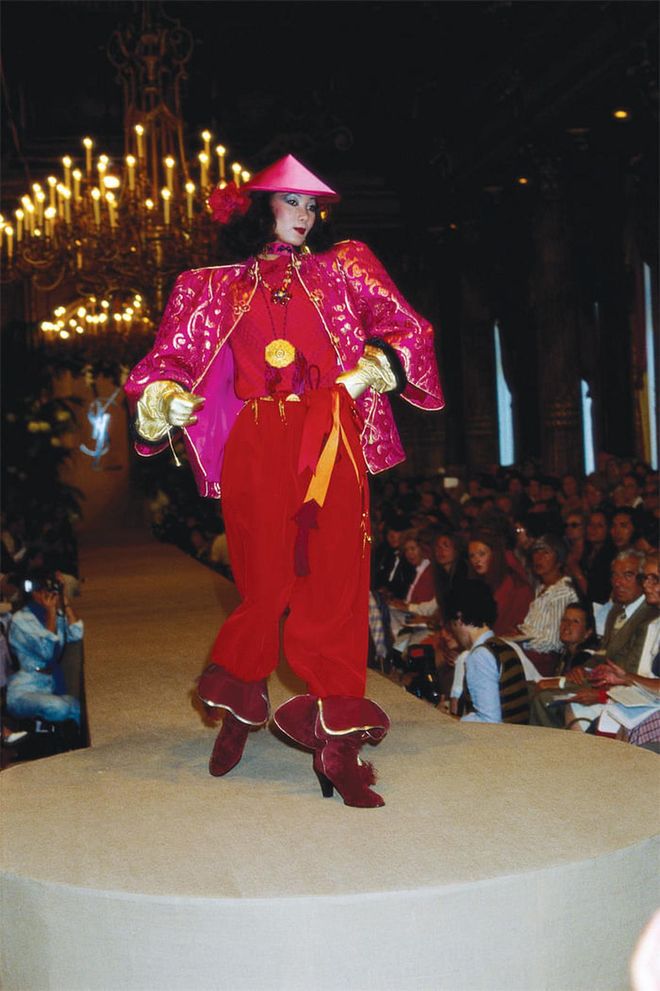
Yves Saint Laurent Autumn-Winter 1977-1978 Fashion Show. Photo: Getty
Yves Saint Laurent Autumn-Winter 1977-1978 Fashion Show
The year was 1977. The air was thick with opulence and Yves Saint Laurent’s Chinese collection was about to become one of modern fashion’s defining moments. Coinciding with the launch of his Opium fragrance, the collection became an instant classic and cemented Saint Laurent’s place as one of the most important designers of the century. Drenched in vivid colours, coats, kimonos and capes in rich fabrics like velvet, damask and jacquard were decorated with fine embroidery. Mandarin collars, conical hats and knot buttons were found in abundance, in the finest of silk and using haute couture techniques. The clothes were befitting a modern empress dowager.
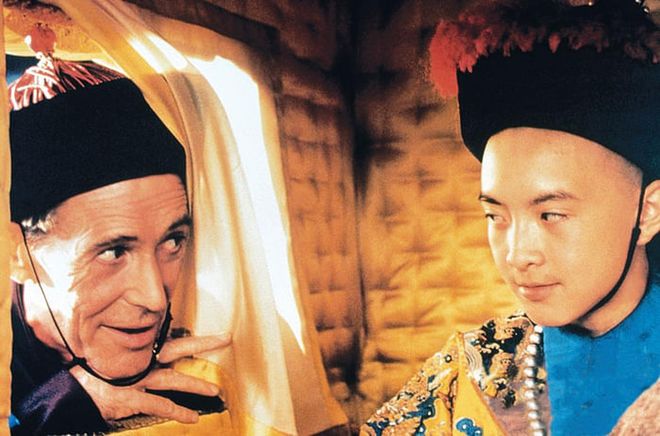
Photo: The Last Emperor
The Last Emperor
Bernardo Bertolucci’s The Last Emperor didn’t hit the silver screen till 10 years later but it shared a common thread of inspiration with the iconic collection—the court life of the Forbidden Palace and the powerful women who inhabited it. In fact, early Hollywood’s (albeit stereotypical) portrayals of the Dragon Lady had already highlighted the connection between Orientalism and feminine prowess, placing Anna May Wong alongside fellow icons Marlene Dietrich and Katharine Hepburn.
Related article: The Resolutions The BAZAAR Editors Are Not Going To Keep
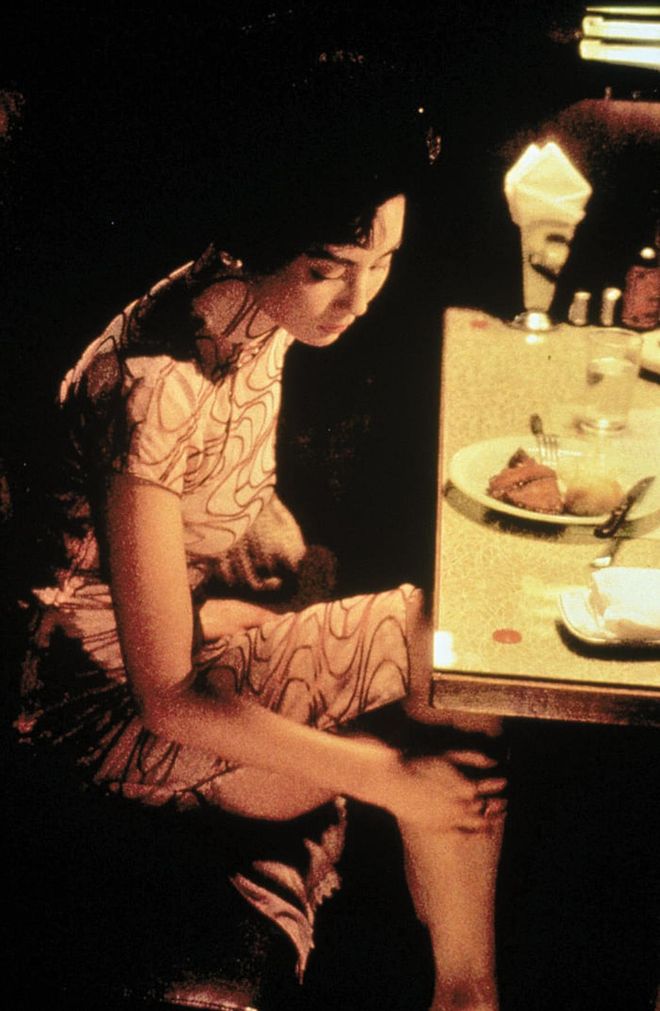
Photo: In The Mood For Love
IN THE MOOD FOR LOVE
Fast forward to In the Mood for Love and 2046, where heroines sashayed through the streets of Hong Kong in impeccably fitted cheongsams, amplifying the sensuality of the traditional costume. Using the colours and styles of the qipaos to advance his plot, Wong Kar Wai catapulted Chinese dressing to another level in the cultural conversation.
Tom Ford, who now, of course, sits firmly in the cross section of fashion and cinema, captured that in his fall/winter 2004 installment for Yves Saint Laurent Rive Gauche, his swansong collection for the brand. Clouded with drama over the company’s take-over brouhaha, and just moments before he made his first exit from fashion, Tom Ford sent the last Chinese act to come out from the hallowed halls of the revered French house. He amalgamated all the cinematic references mentioned above and added them to his homage to the original Yves Saint Laurent Chinese collection. And the rest, as they say, is history.
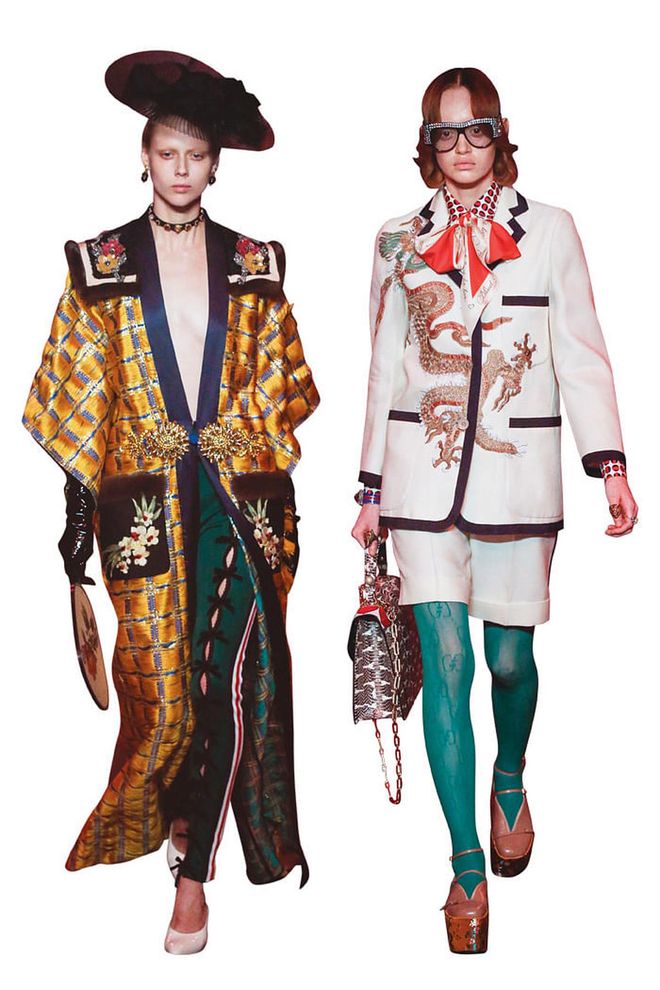
Photo: Gucci
Gucci
Gucci
Alessandro Michele is building his own version of Gucci, and going from strength to strength while he’s at it. For his latest offering, he amped up the theatricality while staying true to his romantic style. The collection is peppered with Chinoiserie, from royal regalia to his recurring tiger motif. Travelling to Venice, Los Angeles and Beijing within one collection, a journey through his mind is as rich as Marco Polo’s expeditions.
Related article: Gucci’s Spring/Summer 2017 Campaign Takes A Walk On The Wild Side
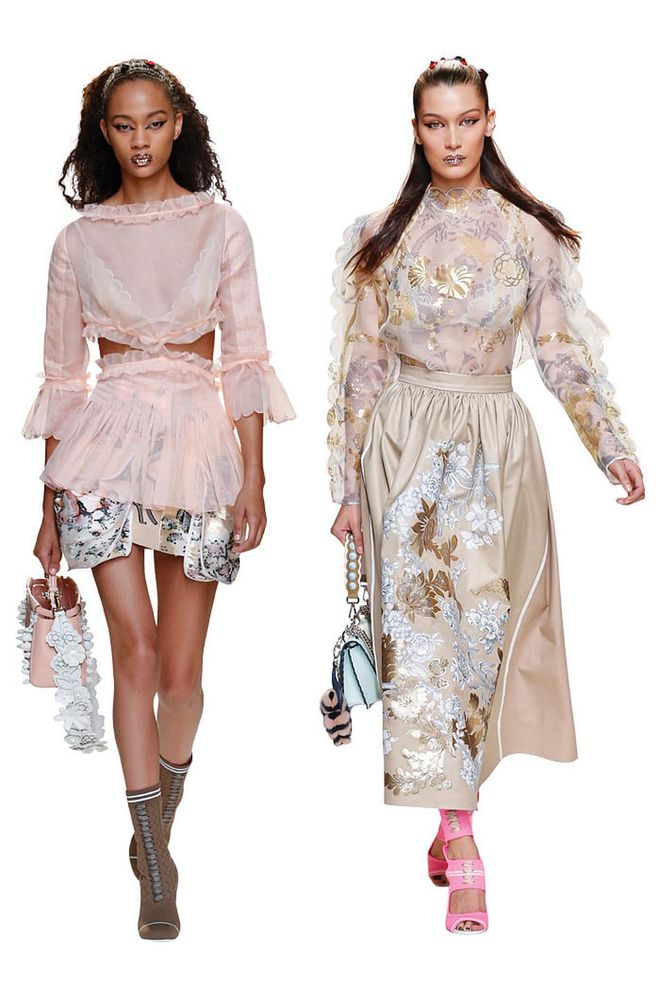
Photo: Fendi
Fendi
Fendi
Although not explicit as the other Houses, Fendi seemed to take the Chinese route through its richly decorated collection as well. Tie-up aprons and dresses in silk and organza were reminiscent of traditional Chinese undergarments, while gold flocking and needlepoint appliqués echoed classic Chinese landscape paintings.
Related article: Strokes Of Genius: Fendi Heads Into The Woods For Haute Fourrure
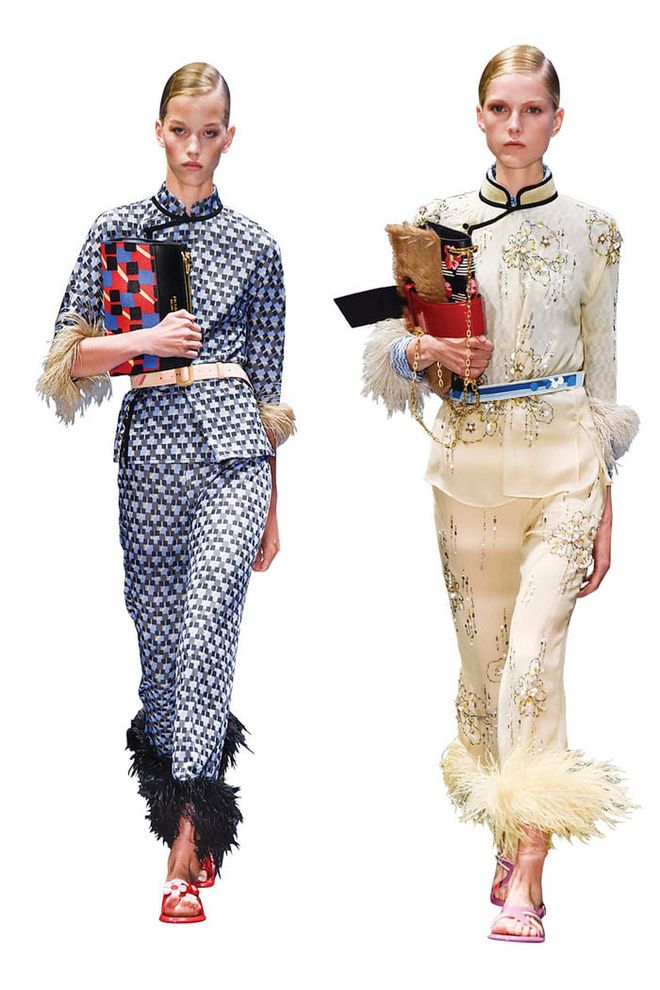
Photo: Prada
Prada
Prada
This season, as she has in the past, Miuccia did not shy away from her take on China's socialist bent. Her deeply layer point of view tackles the politics of being a woman in today's world in search of her everyday uniform. The result is a play of textures with silk chiffon, marabou feathers and crystals on traditional Mandarin-collared numbers.
By Windy Aulia